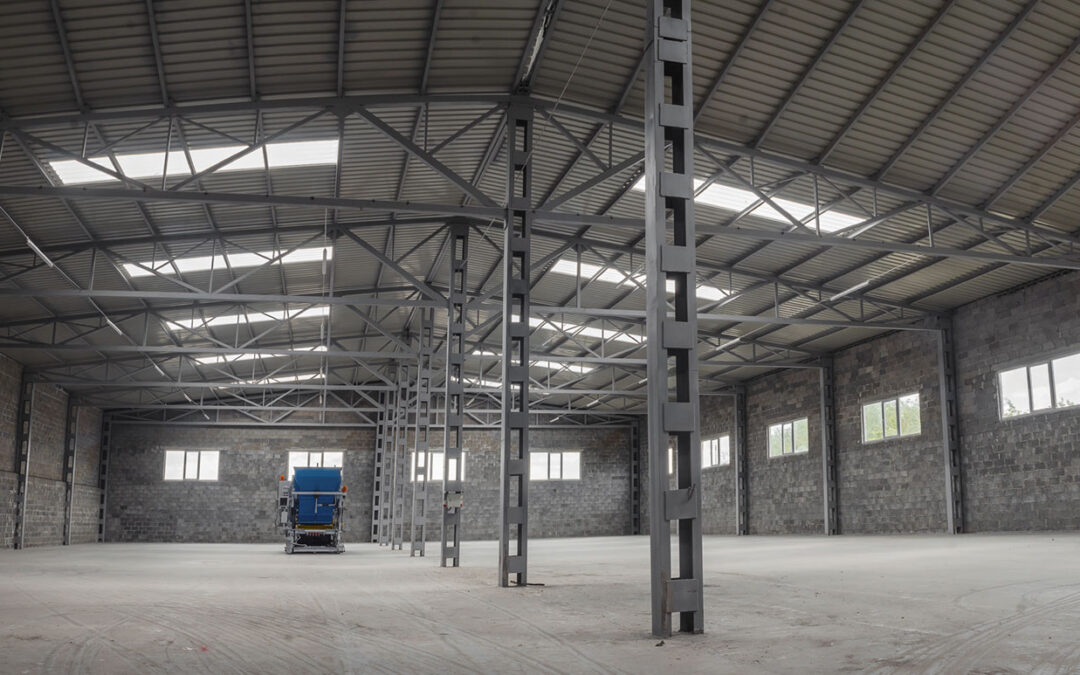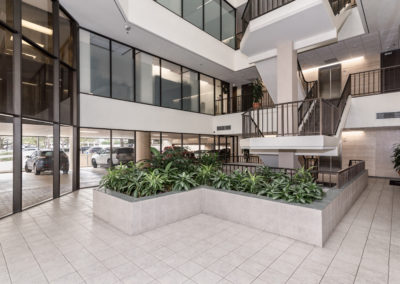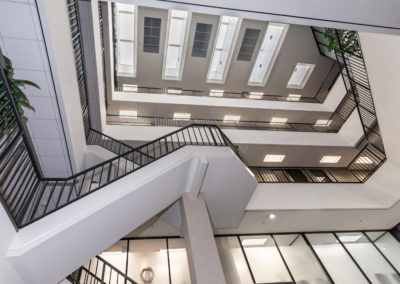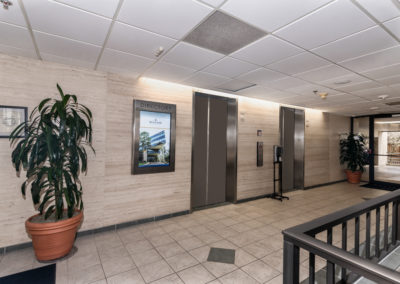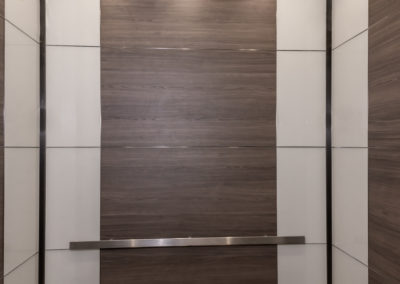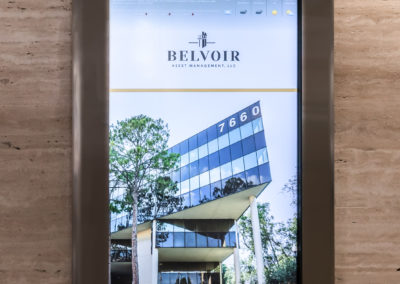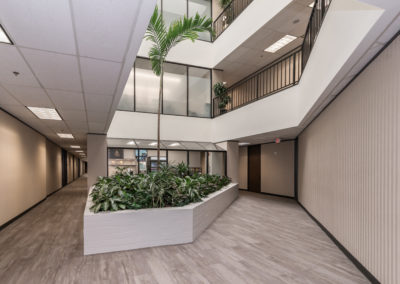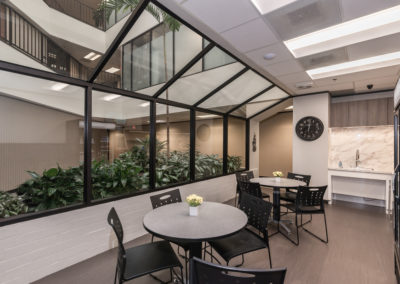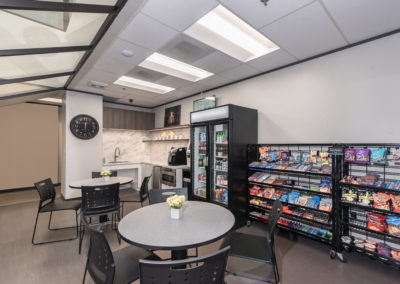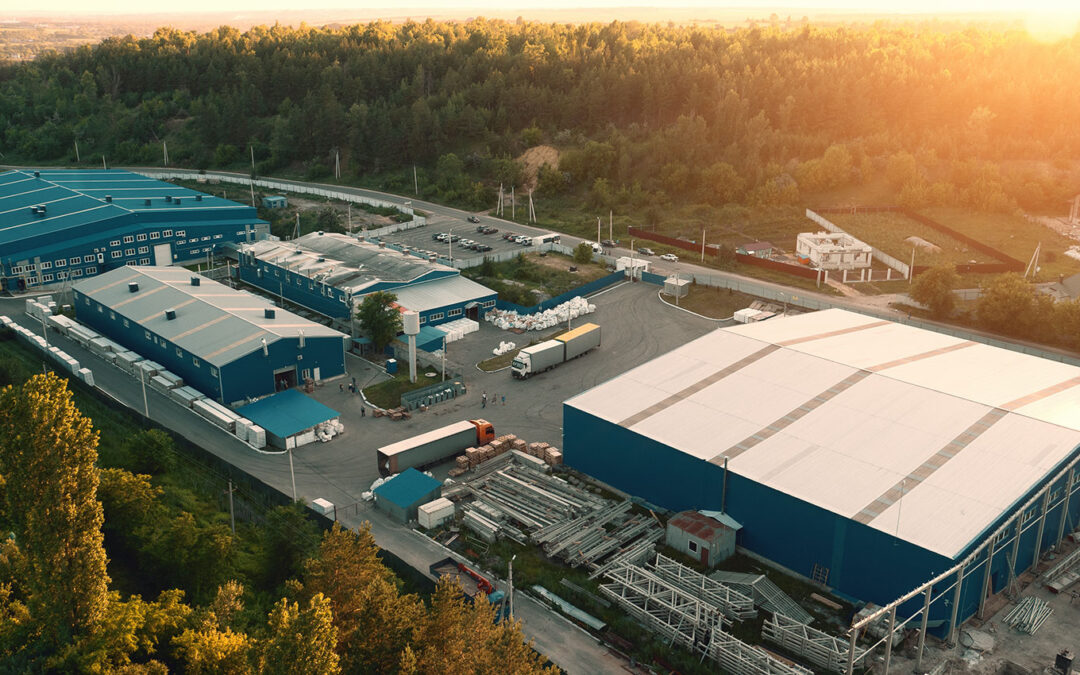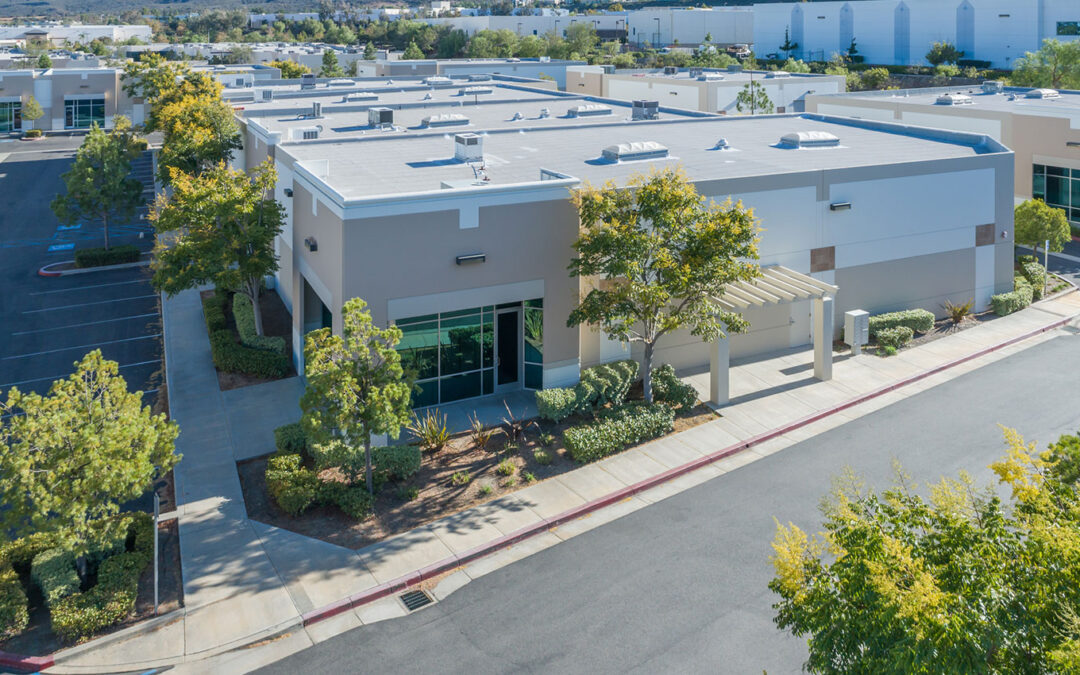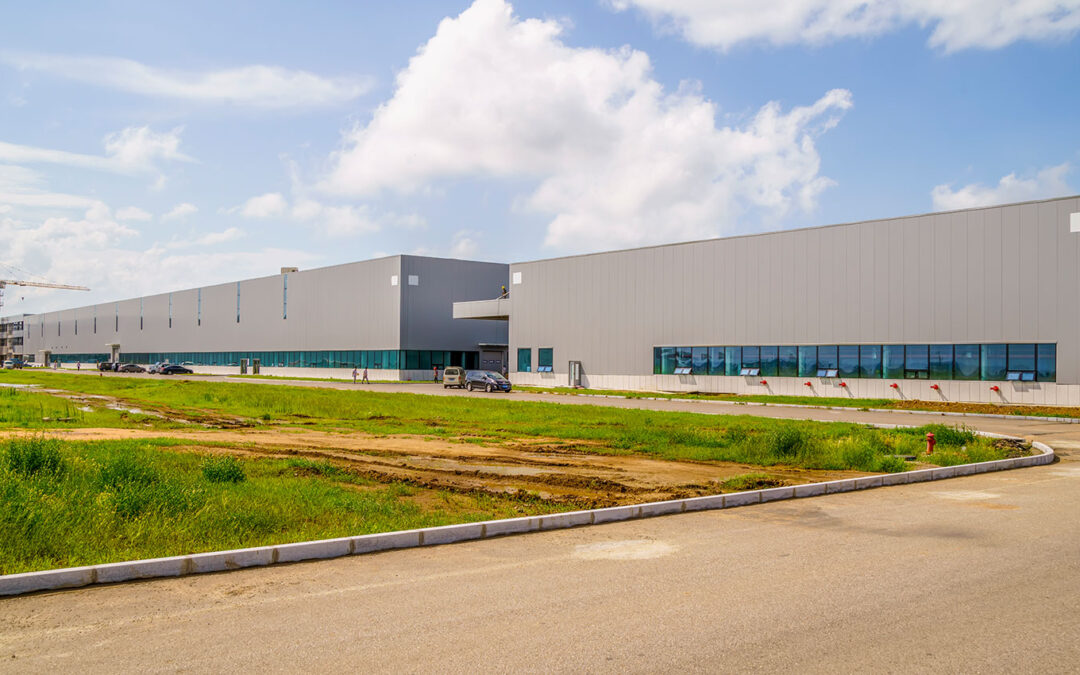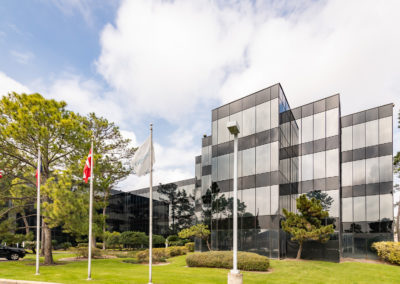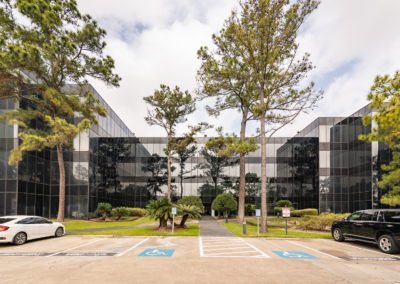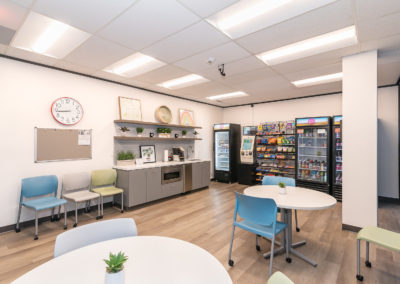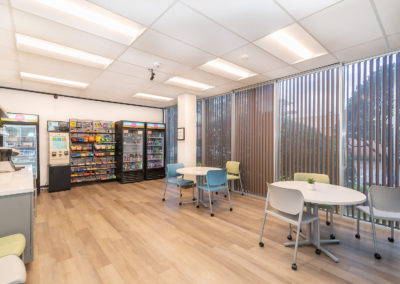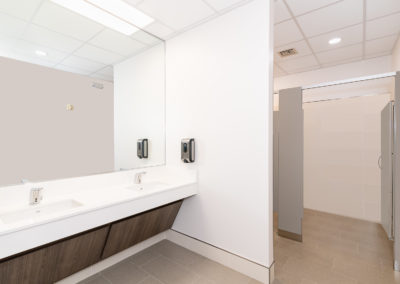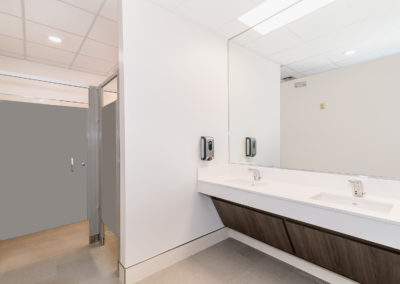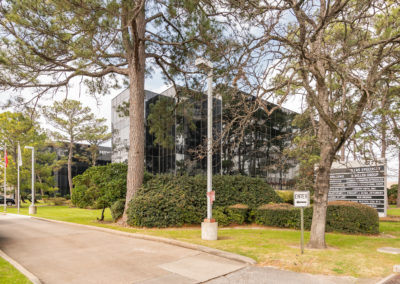Commercial real estate thrived in 2021 and early 2022, followed by a choppy end to the year with lower transaction volume. What can Texas investors expect for 2023?
According to Richard Barkham, CBRE’s global chief economist and head of research, a moderate recession may bring some declines in asset and investing volume and leasing activity. However, since most areas of the economy are more robust than in past downturns, such as the GFC in 2007-2008, well-capitalized investors may be positioned to find investment opportunities with upside.
Read on for a look at the commercial real estate trends of 2023.
Commercial Real Estate Professionals Optimistic Among Business Leaders
According to JP Morgan’s 2023 survey of U.S. business leaders, commercial real estate professionals are more optimistic than leaders in other sectors. Sixty-five percent are confident about commercial real estate’s performance in 2023, and 73% are optimistic about their own company’s performance.
Sixty-seven percent acknowledge the headwinds of rising interest rates and inflation driving up costs. Even though more than half expect some economic downturn, they plan to continue making strategic acquisitions or hold onto what they have.
Low Inventory Fuels Texas Real Estate
With Sun Belt weather, good schools, and diverse economies, Texas commercial real estate has been hard to beat in recent years. National trends have been reflected in a slowdown of sales and appreciation, with some areas harder hit than others.
Even so, the north Texas area around DFW is considered one of the top commercial real estate markets for investors in 2023. The DFW area is still seeing a significant influx of new residents. Both companies and families see DFW as a cost-effective, family-friendly option.
Uninvested Capital on the Sidelines
You’re not alone if you are holding capital aside, looking for investment opportunities, or waiting to see the market’s direction. Commercial real estate investors are holding on to uninvested capital.
As interest rates rise and supply chain and inflation make some investment avenues less desirable, some are turning to debt plays or value-adds like conversion or redevelopment. Multifamily and industrial properties with strong fundamentals remain an attractive alternative asset choice for investors.
Investors Are Holding Assets
The market value of a large commercial property goes down as the cost of money increases, but the fundamentals of many properties remain profitable with strong occupancies and high rents. Unless an investor needs to sell, they are inclined to hold their current assets.
The result is a lower volume of commercial property sales and fewer investing opportunities. At the same time, 2021 was a record-setting year for commercial properties, so any slowdown viewed in the short term appears more dramatic than it actually is.
Commercial Real Estate Investors Seek “Safe Harbors”
A significant percentage of commercial real estate investment dollars are expected to go into properties that investors see as “safe harbors.” These include:
- Industrial – including last-mile and big-box distribution properties or shallow bay industrial properties
- Retail – especially grocery-anchored properties
- Hospitality – luxury hotels
- Office properties – particularly ESG (environment, social, and governance) compliant in areas with a solid local economy
- Multifamily properties – in vibrant urban centers with diverse economies
Popular alternative asset classes for 2023 include industrial flex business centers, life-science labs, and student housing. Sun Belt markets, like Texas, continue to attract more investment money than cooler areas of the country.
While any possible recession is not expected to be as severe or long-lasting as the GFC, pockets of distress around the country will likely open up opportunities for discount purchases.
Fundamentals Are Essential
Real estate fundamentals like location durability and tenant credit will be more critical to investing success in 2023 than they were in recent years. Each commercial real estate sector will likely see different outcomes. For example, you may see an expanding gap between the top-tier and lower-tier office properties, particularly as the work-from-home trend continues.
Constraints on new construction have substantially strengthened fundamentals in the retail sector over the past ten years. Most current retail construction is focused on expanding or improving existing properties, and post-COVID staffing issues are being resolved through touchless checkout and improved inventory technology options.
While industrial and logistics may have been vulnerable during past economic downturns, the growth of the digital economy drives leasing activity in this sector and industrial vacancy rates are expected to stay low.
Every Market Presents Opportunities
Despite some economic uncertainty and market headwinds, strategic and thoughtful commercial real estate investors will have many excellent opportunities in 2023. As always, if you need commercial real estate marketing support, we’re your specialists.

